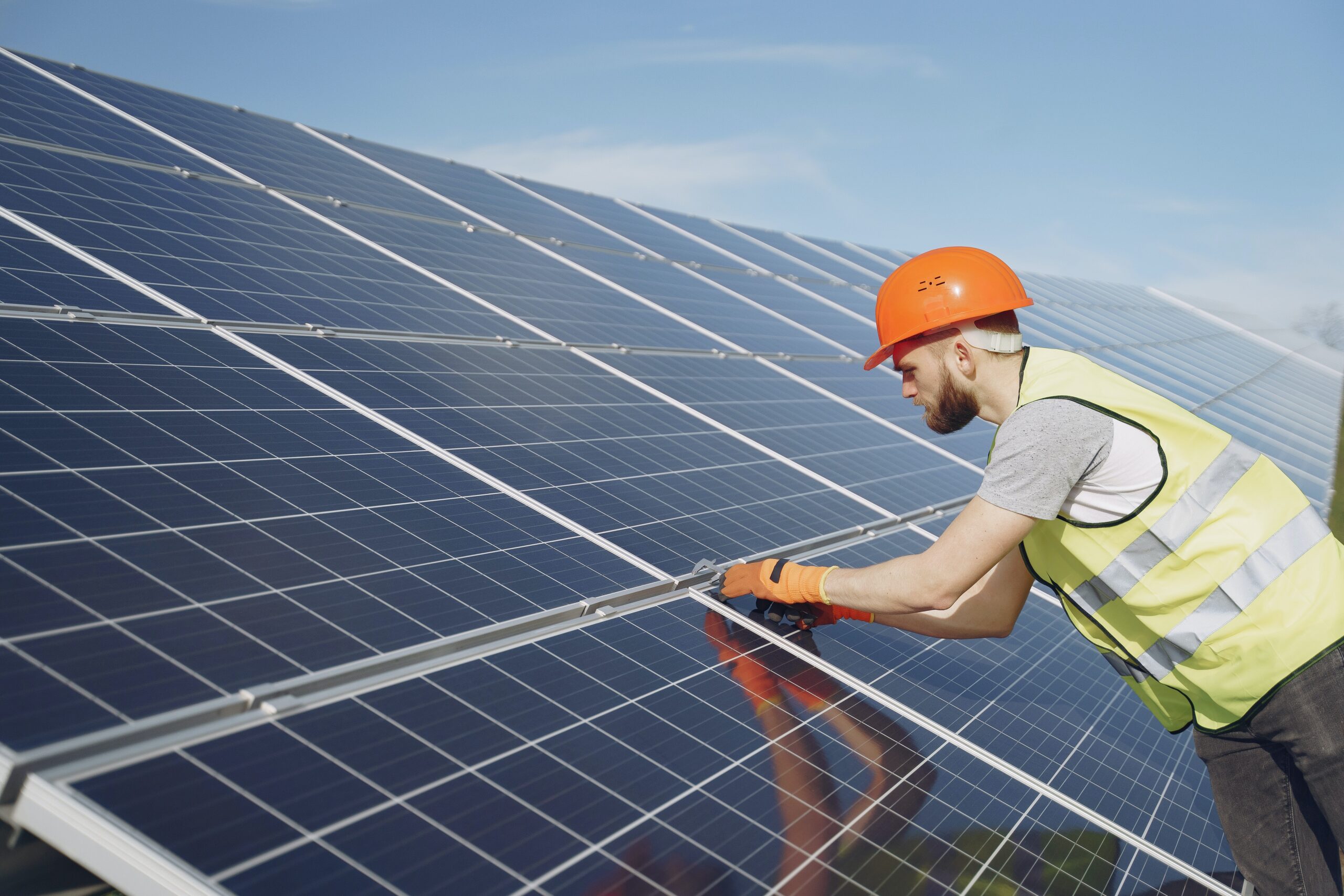Are you looking for a way to do your part in protecting the environment, while also saving money? Installing solar power systems in your home is one of the best ways to reduce your energy costs and help preserve our planet.
In this comprehensive guide, we’ll provide you with all the information you need to know about how to make your home solar-powered.
From understanding what solar panels are and how they work, to helping you navigate through the installation process – this article will give readers an easy-to-follow roadmap on making their homes greener and more energy efficient!
- 1. Introduction: Why Solar Power is an Important Step in Protecting the Environment
- 2. What are Solar Panels and How Do They Work?
- 3. Benefits of Installing a Home Solar System
- 4. Types of Solar Systems for Homes and Businesses
- 5. Understanding the Cost of Installing a Home Solar System
- 6. Navigating Through the Installation Process – Tips & Advice
- 7. Conclusion: Making your Home Greener & More Energy Efficient with a Home Solar System
1. Introduction: Why Solar Power is an Important Step in Protecting the Environment
Solar power is an important part of protecting the environment. By transitioning to solar energy, humans are taking a positive step towards reducing their carbon footprint and helping the planet heal from climate change-related damage.
Solar energy is not only more cost effective than other forms of energy but also kinder to the environment as it does not produce any emissions that contribute to global warming, air pollution or water contamination.
2. What are Solar Panels and How Do They Work?
Solar panels are a renewable energy source that use the sun’s rays to generate electricity helping with home solar-powered. They are made up of many individual solar cells, which contain semiconducting materials like silicon and conductive metals like copper that convert sunlight into direct current (DC) electricity.
The DC power is then converted into alternating current (AC) electricity using an inverter before being sent to your home or business for use in everyday activities.
Solar panels can be used on their own or combined with other sources of energy, such as wind turbines or hydropower systems, to create clean and sustainable energy solutions.
3. Benefits of Installing a Home Solar System
Installing a home solar system has many benefits. It is one of the most cost-effective ways to save money on your energy bills and reduce your carbon footprint.
Solar panels are easy to maintain, require little upkeep, and can last for decades. Plus, you can even earn extra income by selling any excess power back to the grid! With all these advantages, why wouldn’t you switch to solar?
4. Types of Solar Systems for Homes and Businesses
For homeowners and businesses looking to reduce their carbon footprint, solar energy is a great option. There are many types of solar systems available for both homes and businesses, ranging from grid-tied photovoltaic (PV) systems that feed power back into the electric grid to off-grid systems that allow you to be completely independent of it.
Solar thermal heating systems can also provide hot water or heat buildings, for a home solar-powered, using the sun’s energy. With so many options available, there’s sure to be one that suits your needs!
5. Understanding the Cost of Installing a Home Solar System
Installing a home solar system can be an expensive but rewarding endeavor. It requires research and understanding of the different components that make up the solar system, such as panels, inverters, wiring and mounting equipment.
Costs may also vary depending on your location and individual needs. Additionally, you need to consider federal tax credits or local incentives that might help reduce overall costs.
6. Navigating Through the Installation Process – Tips & Advice
Navigating through the installation process of any new software or hardware can be a daunting task. From downloading to setting up, it’s important to take your time and read all instructions thoroughly before taking the next step.
It’s also helpful to have an idea of what type of technical support is available should you run into any issues along the way. Doing a bit of research beforehand will help you get familiar with common pitfalls and potential solutions that may come in handy down the road.
7. Conclusion: Making your Home Greener & More Energy Efficient with a Home Solar System
The conclusion is clear: installing a home solar system can make your home greener and more energy efficient. Not only will you be able to produce clean, renewable energy in an environmentally friendly way, but you’ll be saving money on electricity bills too!
There are several options out there for homeowners who want to transition their homes to solar power – so why not give it a try?
If you found this article insightful, you should absolutely check out other articles on how you can use the solar energy effectively for various purposes (homes, vehicles, etc.).

2 Replies to “How To Make Your Home Solar-Powered: The Essential Guide For Going Green”
Comments are closed.